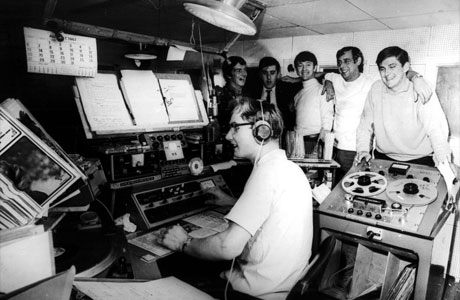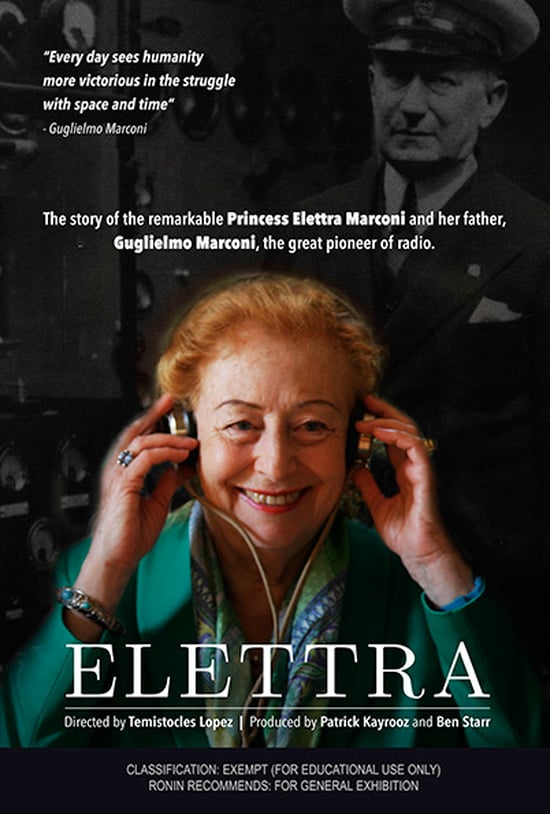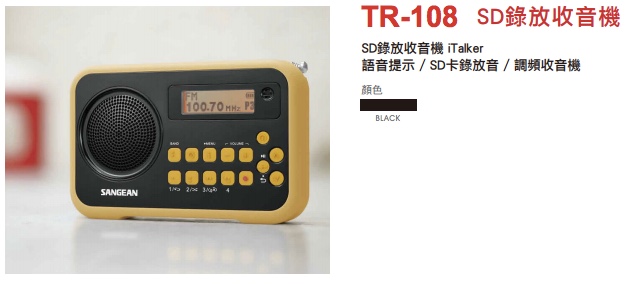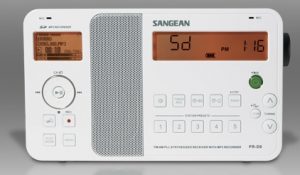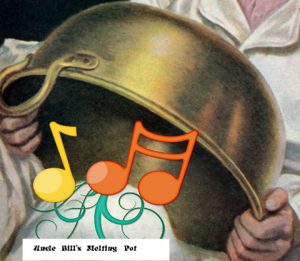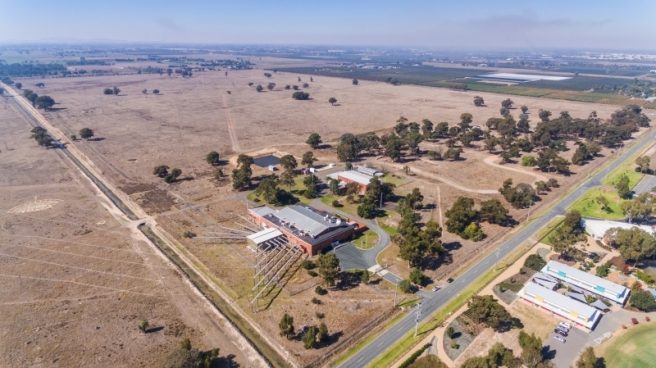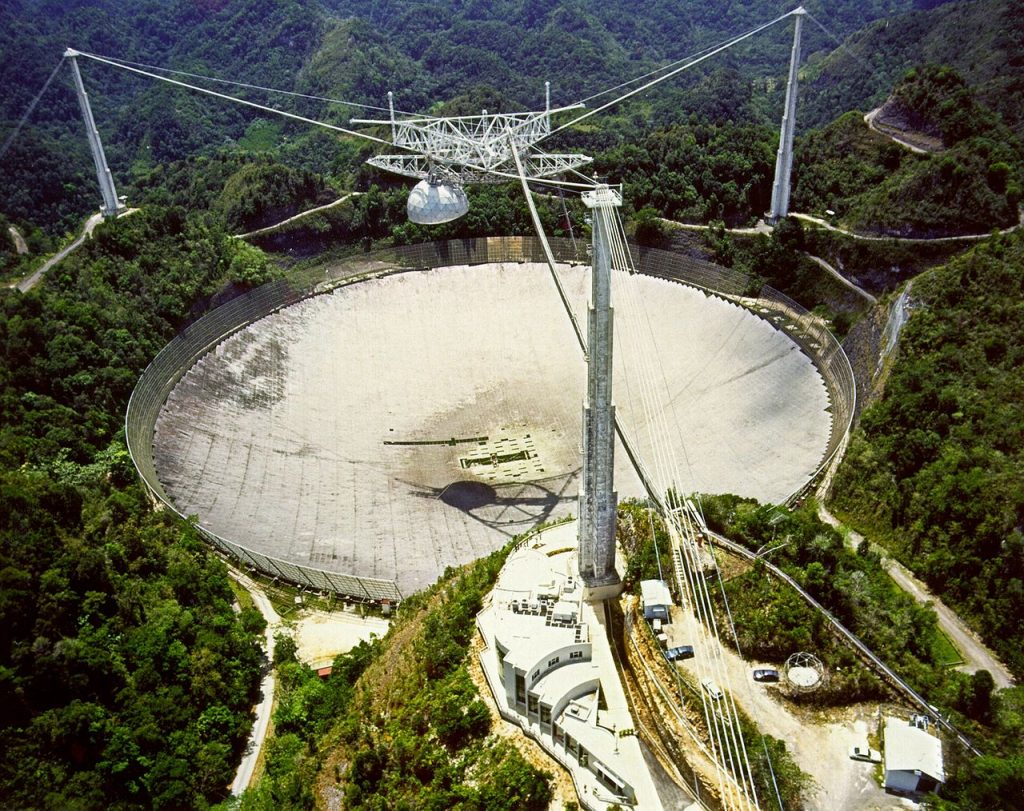
The Arecibo Radio Telescope, at Arecibo, Puerto Rico. At 1000 feet (305 m) across, it is the second largest dish antenna in the world. (Source: Wikipedia)
Many thanks to SWLing Post contributor, Ivan Cholakov, who writes:
Thomas, I did not see a story on the blog about the HF atmospheric heating experiments conducted by the Arecibo observatory a couple of weeks ago.
Thomas Cholakov N1SPY made a video about it but I am also sure a bunch of other listeners were able to tune to the super-strong signal on 5125 and 5095 kHz.
Great video, Thomas!
Indeed, I did miss posting this item. The event timing conflicted with my travel schedule in a bad way. Sadly, I only had one opportunity to tune in and I did too late (by just a couple of minutes!) that day.
Did anyone else catch the on-air experiments from Arecibo?

